Chuping Archaeological Site is the only well-preserved highland prehistoric village site on the island of Taiwan. Although the site is now just an empty field, you can still see the artifacts that are stored at the Museum of History and Philology at Academia Sinica. In this blog, we will explore the physical site as well as its historical and cultural significance.
🛥️ Planning your trip to Nantou? ⛰️
Here are some top travel tips for you:
- Best time to visit: Winter or Autumn when it is less rainy
- How to get there: Taiwan Railway and Inter-City Bus
- Best place to stay: Kirin Villa or Jenq Yang Hotspring Hotel
- Book tours and activities in Nantou on Klook
- Stay connected with a local SIM
- Rent a car to explore distant sights
Background:
The Chuping Archaeological Site (曲冰考古遺址), located in Wanfon Village of Ren’ai Township, Nantou County, is a significant prehistoric settlement dating to the middle to late Neolithic period, roughly 3,000 years ago. The discovery of the site can be traced back to 1935, when Japanese scholar Mabuchi Tōichi found a stone axe in the nearby “Zimei-yuan” area, later rediscovered and confirmed by anthropologist Chen Chung-yu of National Taiwan University. In 1980, Chen’s survey along the upper Zhuoshui River, near Wujie and Chuping Village, led to the identification of prehistoric stone tools, and with the support of Academician Shih Chang-ju, formal excavations began—revealing one of Taiwan’s most important windows into highland Neolithic culture. The site was formally “discovered” in 1981 by the Institute of History and Philology, Academia Sinica, and it was named after the local land section “Chuping.” The site is notable as one of the few large prehistoric mountain settlements ever found in Taiwan and remains the only well-preserved highland prehistoric village site on the island. Excavations uncovered evidence of organized communal living, including house foundations, pottery, and stone tools, shedding light on early human adaptation to mountainous environments. Originally recognized by the Ministry of the Interior in 1988 as a Third-Class Historic Site, the Chuping Site was later reclassified by the Nantou County Government in 2006 as a County-Level Archaeological Site, renamed in 2018, and finally elevated in 2019 to the status of a National Archaeological Site due to its outstanding cultural and academic value.
At present, the site is preserved through backfilling to prevent deterioration, and the excavated artifacts are stored primarily at Academia Sinica. Local residents have called for the relics to be displayed in Ren’ai Township, but no suitable museum or exhibition space has yet been established.
Price:
Free
Hours:
24/7
Cherry Blossom Season:
Cherry Blossoms can be seen in the park from February to late March. Check out our full guide to Cherry Blossom Season in Taiwan here.
How to get around Nantou:
As always, we recommend renting a scooter as the best way to see Taiwan. However, you can also a great deal of Miaoli by taking the train to Taichung and then switching to an inter-city bus, or local bus. Getting around in a car is also a convenient option as there is plenty of parking pretty much everywhere in this less crowded county.
Scooter Rental: Looking for scooter rental in Nantou? Search Klook here or KKday here to search for options. You can also check out our scooter rental guide here.
Car Rental: If you are looking for car rentals, you can also search Qeeq here, Klook here, KKday here. You can also check out our car rental guide here.
By Bus: You can book tickets to travel to Nantou via inter-city bus on Klook here.
By Train: You can book tickets to Taichung via high speed rail (HSR) on Klook here or KKDay here, or book tickets via the normal train (TRA) on Klook here, then switch to a bus to Nantou.
Bicycle Rental: Cycling is the best way to enjoy Taiwan’s landscapes if you have the time and energy. Looking for bicycle rentals in Taiwan? You can search on KKday here and search for tours on Klook here. You can also check out our Taiwan cycling guide here.
Tours:
There are many tours and activities available in Nantou such as river Tracing, paragliding, Shanlinxi Forest Recreation Area 杉林溪, Cona’s Chocolate Castle, Shuiyuan Suspension Bridge, JOJOZOO Park, and Aowanda Forest Recreation Area.
You can find more tours of Nantou on Klook here or KKday here.
Where to Stay:
We have stayed at and recommend Jenq Yang Hotspring Hotel (you can book on Agoda here, Booking.com here, Trip.com here, or Klook here), a hot spring hotel near the mystical Lushan hot spring, and Maple Leaf Holiday Villa (you can book on Agoda here, Booking.com here, Trip.com here, or Klook here), a lodge with a great view and within walking distance of Cingjing Farm. I also have stayed at and recommend Kirin Villa (you can book on Agoda here), a mountain resort in Puli near Sun Moon Lake.
Looking for a hotel? Find out where to stay in our Taiwan hotels guide or search for the best hotel deals in Taiwan here. We recommend booking through Agoda here, which provides the best quality accommodation on the islands.
Map:
Our Journey:
We have been to the Chubing Archaeological site only once on our trip to Aowanda. To be honest, it was a bit of a let-down for such an important site. Other archaeological sites in Taiwan have metal roofs and areas to look at artifacts, but all we got here was a sign and a chain-linked fence. Hopefully, that will change in the future.
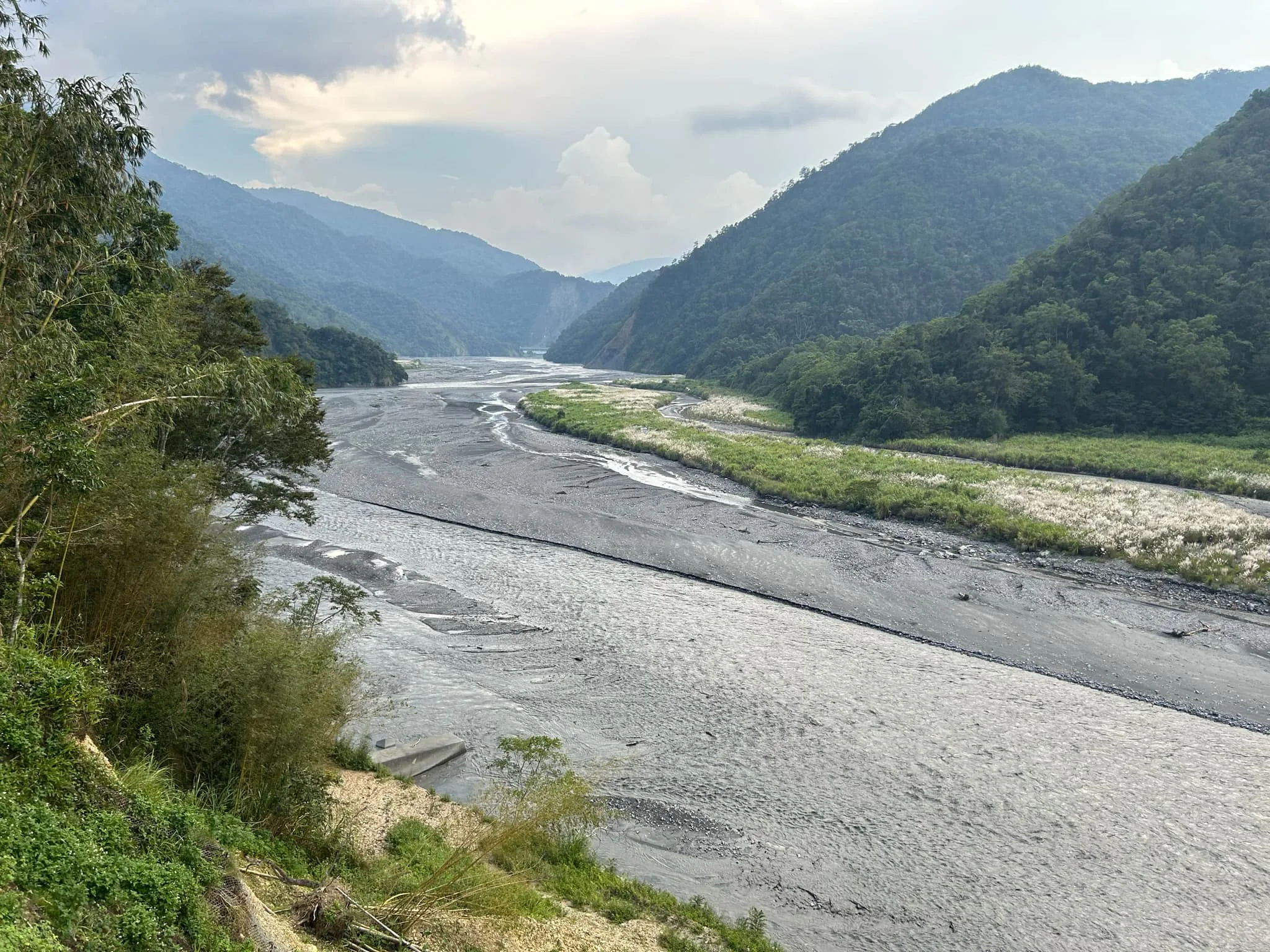
There are beautiful views along the Zhuoshui River here.
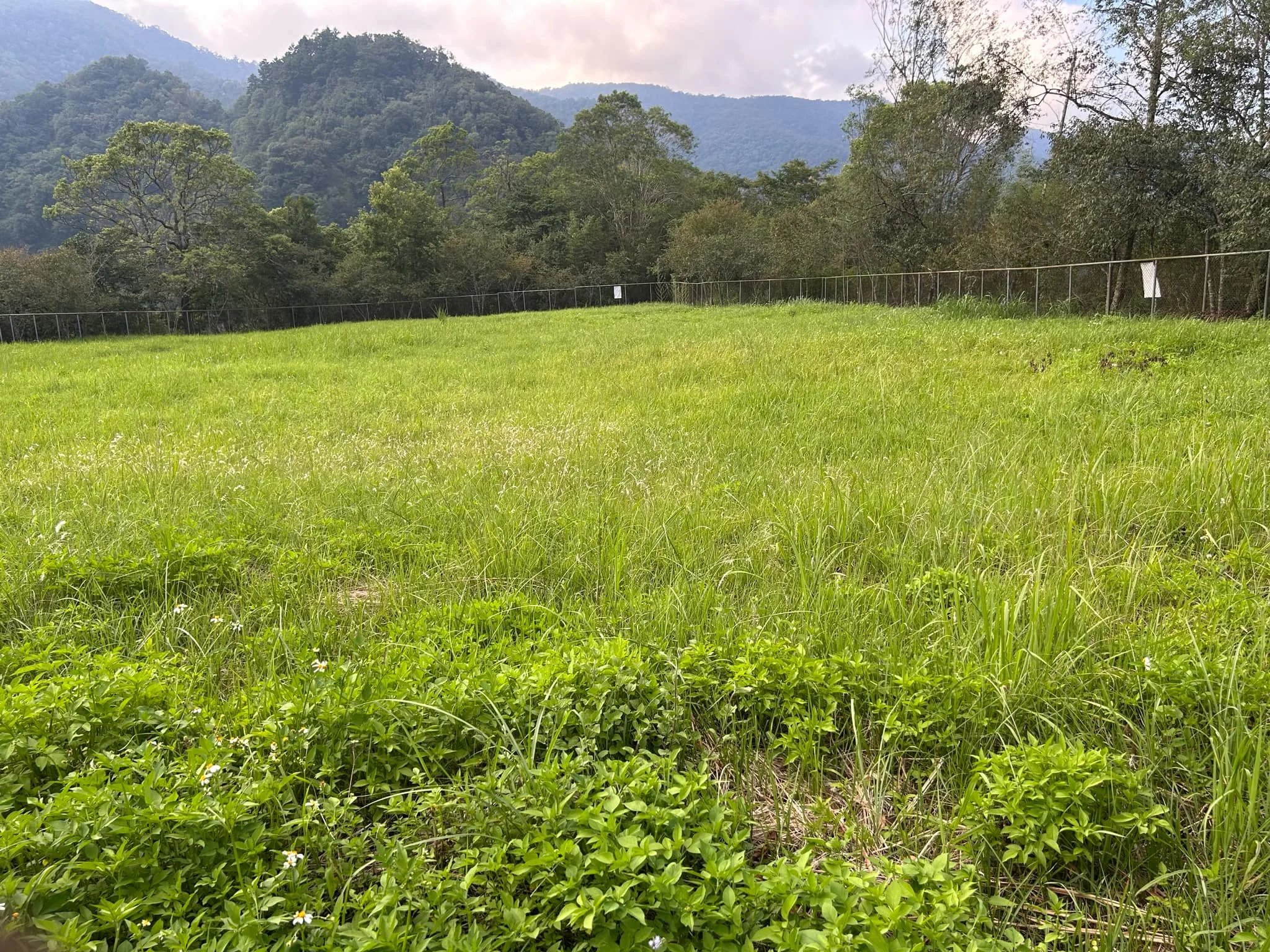
There are room for about four cars in front of this field, which is surrounded by chain-linked fence.
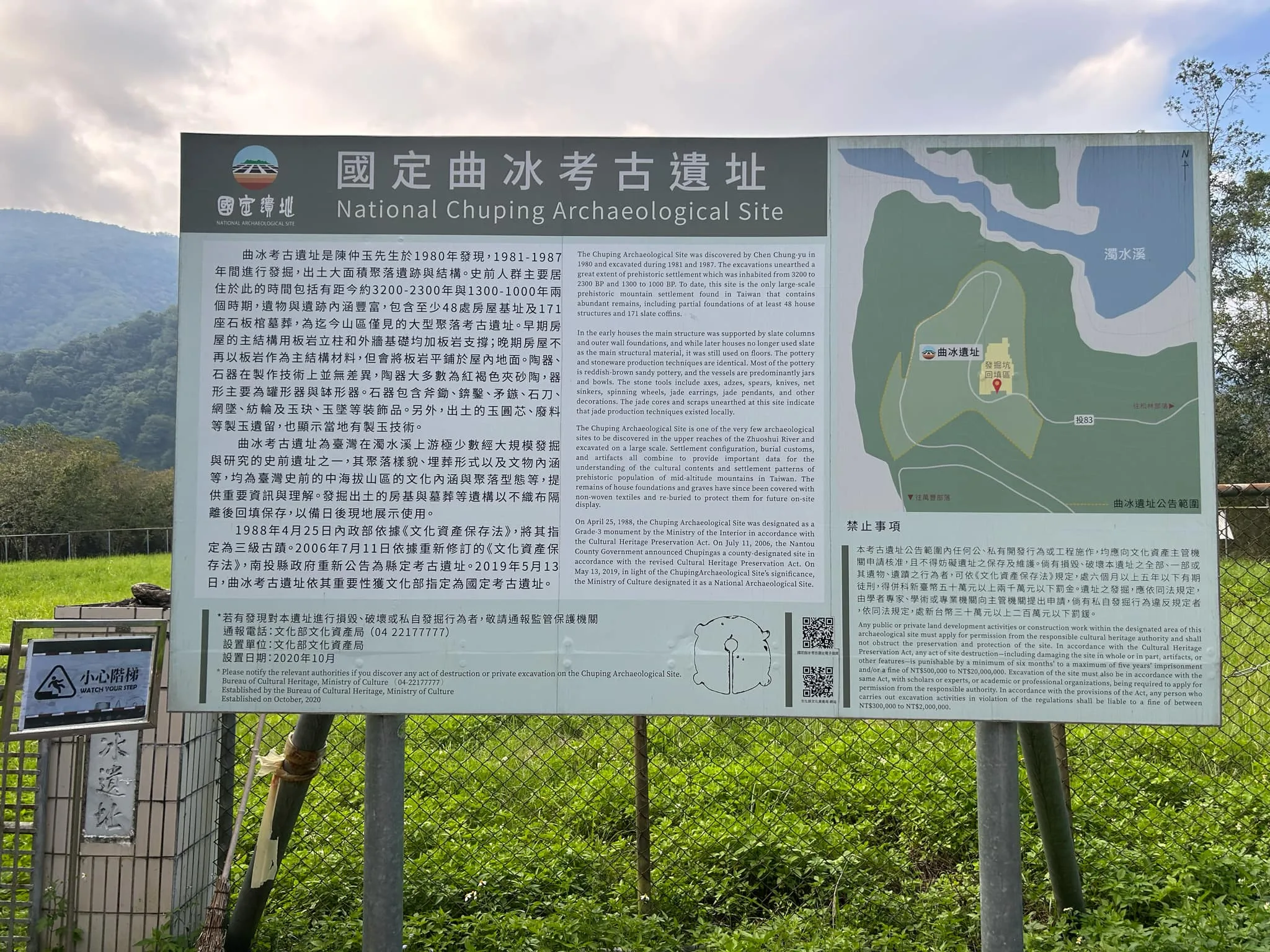
National Chuping Archaeological Site
國定曲冰考古遺址
The Chuping Archaeological Site was discovered by Professor Chen Cheng-yao (陳政耀) in 1980, during a field survey in Ren’ai Township, Nantou County. From 1981 to 1987, several large-scale excavations were carried out, uncovering the remains of a prehistoric settlement estimated to date from around 3200–2300 years ago, corresponding to Taiwan’s middle to late Neolithic period (roughly 1300–1000 BCE).
Archaeological Findings
The Chuping site is the oldest known large-scale prehistoric settlement in Taiwan that preserves both architectural foundations and evidence of organized living structures. Excavations revealed 48 house foundations, most built with timber posts arranged in oval or rectangular patterns. Some of the larger dwellings measured up to 7 meters in diameter, and were reinforced with stone pavements, postholes, and fireplaces — showing clear evidence of long-term habitation.
Thousands of pottery sherds were found, mainly cord-marked and red-slipped pottery, along with stone tools, including adzes, axes, chisels, and grinding stones. These artifacts reflect a Stone Age agricultural culture with advanced woodworking and pottery techniques. Items such as spindle whorls and net weights indicate that textile production and fishing were part of daily life. There were also shell ornaments and pig bones, which may have had ritual significance.
Cultural and Historical Significance
The Chuping Site provides crucial insight into Taiwan’s prehistoric human settlement patterns, showing that organized villages and communal architecture existed thousands of years before recorded history. The site’s location near the Zhuoshui River suggests that the people of Chuping practiced river-based agriculture and trade, taking advantage of fertile river terraces.
In 1988, the Ministry of the Interior designated the Chuping Archaeological Site as a National Third-Grade Historic Site under the Cultural Heritage Preservation Act. Following a re-evaluation, it was upgraded and formally announced by the Ministry of Culture on May 13, 2019, as a National Archaeological Site (國定考古遺址) — recognizing its outstanding historical and academic importance.
Preservation and Management
The Bureau of Cultural Heritage oversees the preservation and research of the site. Excavations and protection measures are carried out in cooperation with National Taiwan University and other academic institutions. The site is fenced and monitored, and public access is restricted to prevent damage.
According to the law, any unauthorized excavation, disturbance, or construction within the designated site area is strictly prohibited. Violations are subject to fines between NT$300,000 and NT$1,500,000.
If any archaeological artifacts or remains are discovered in the area, the local government or the Bureau of Cultural Heritage should be notified immediately (Tel: 04-2227-7111 ext. 2256).
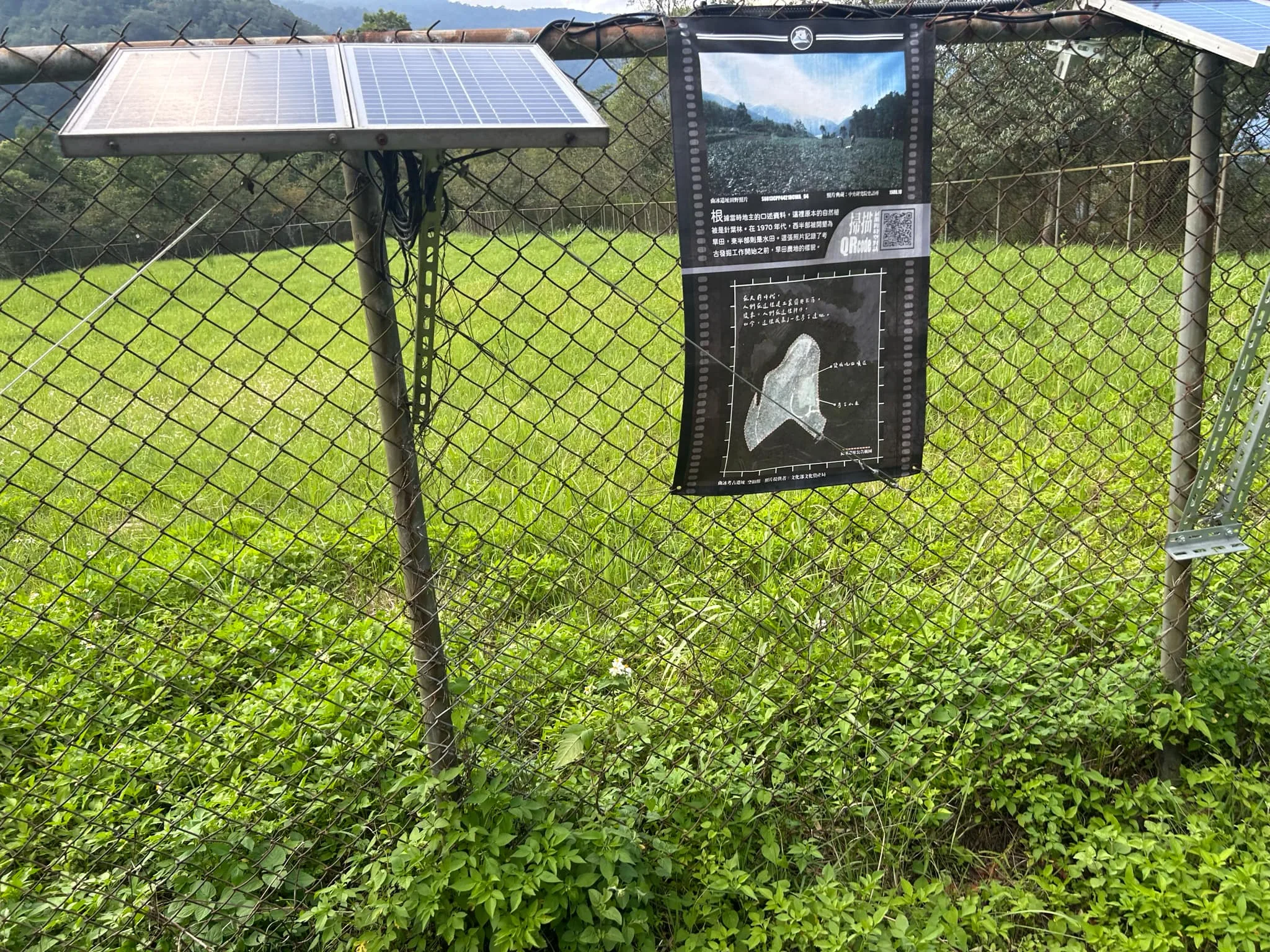
Map of the former excavation site.
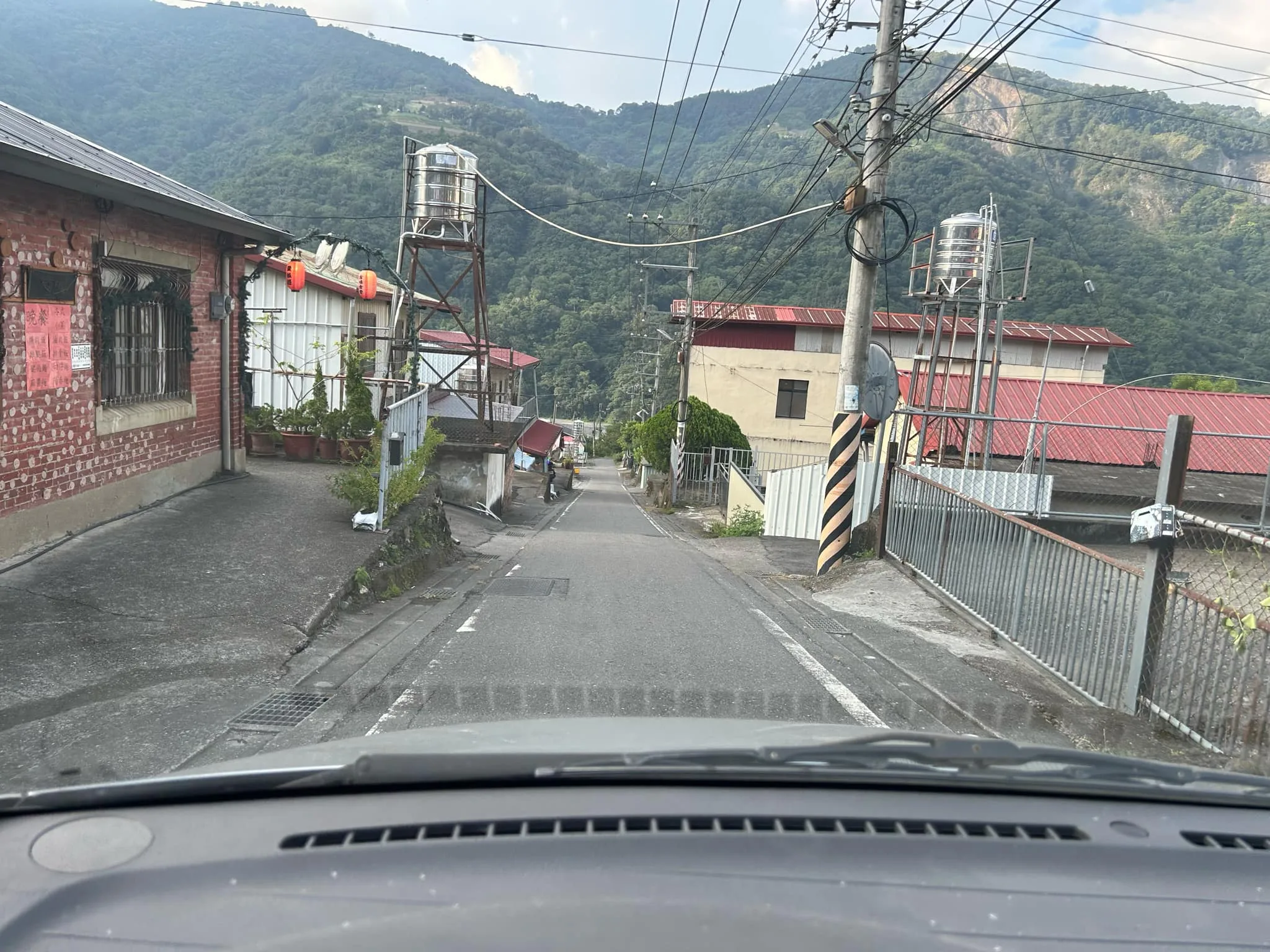
Next we drove through the modern aboriginal village of Chubing, which consists of a lot of these brick houses with metal roofs.
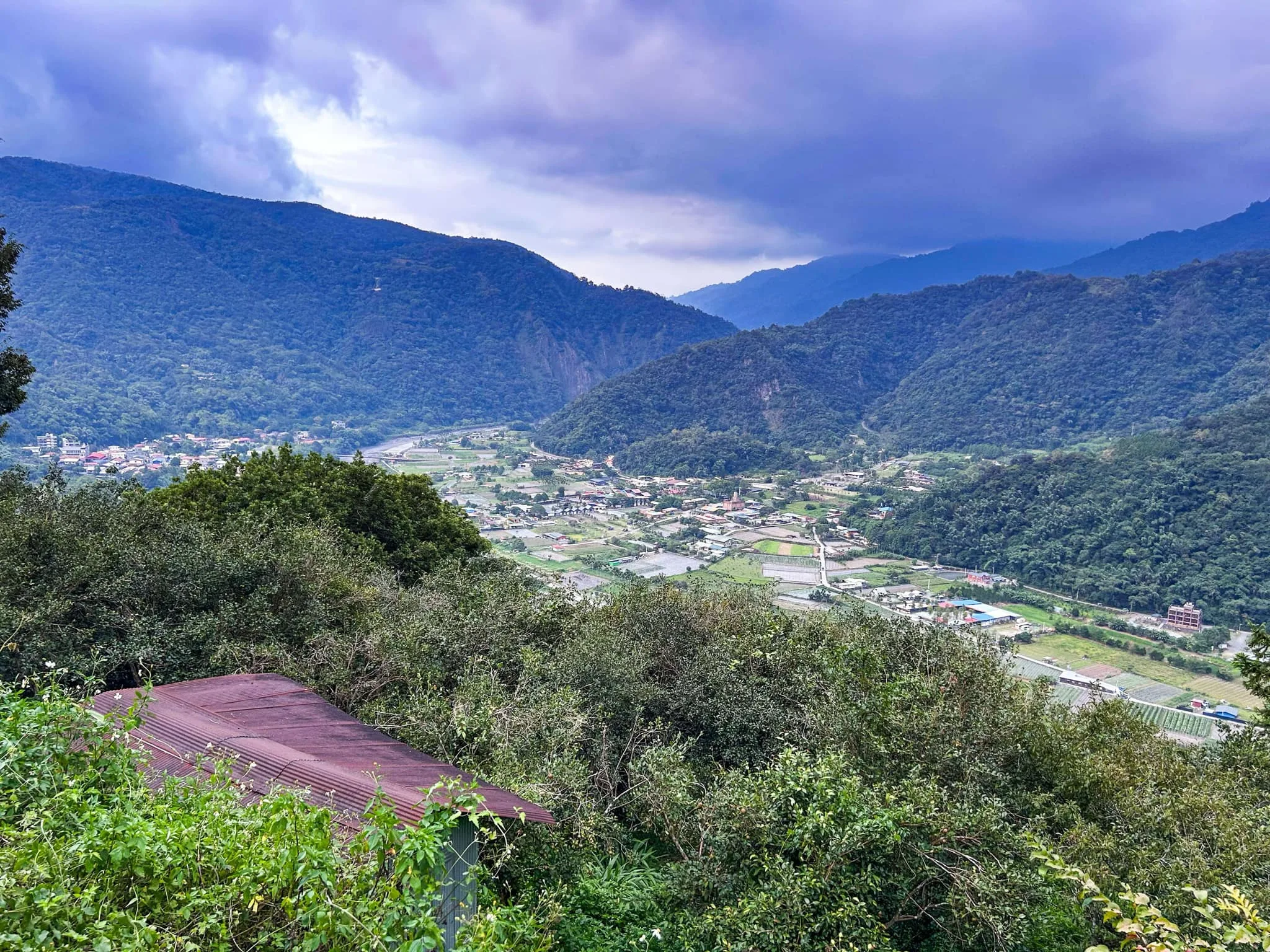
Wide shot of Chubing Village from further up the road to Puli.
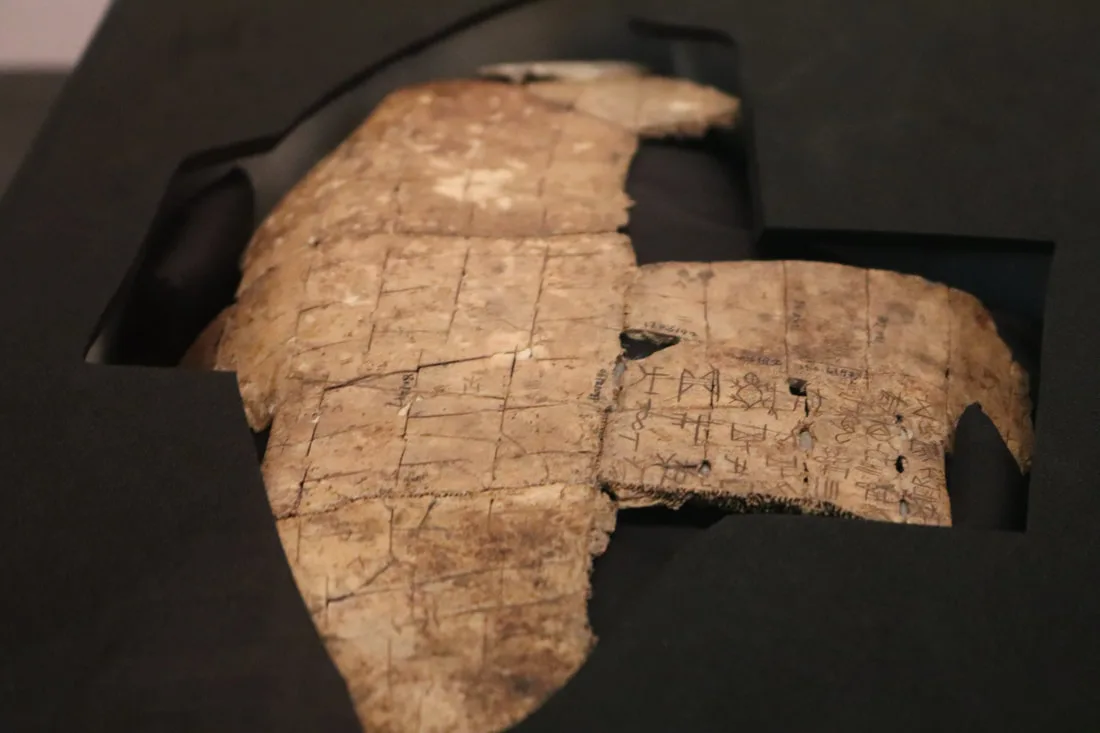
If you wanted to see some artifacts, they are kept at Academia Sinica’s Museum of History and Philology, which is one of the best museums in Taiwan. It has the largest collection of Chinese oracle bone remains in the world. It is also free, usually devoid of people, and has some of the most amazing ancient artifacts from Taiwan and China. It is like a mini National Palace Museum, and is worth a visit on your trip to Taipei. Check out our full blog on the museum here.
Check out our full guide to Nantou here.
Check out our full guide to Taiwan here.






